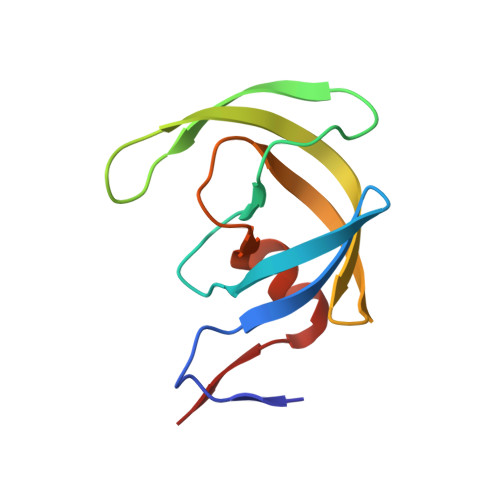Design of substituted bis-Tetrahydrofuran (bis-THF)-derived Potent HIV-1 Protease Inhibitors, Protein-ligand X-ray Structure, and Convenient Syntheses of bis-THF and Substituted bis-THF Ligands.
Ghosh, A.K., Martyr, C.D., Steffey, M., Wang, Y.F., Agniswamy, J., Amano, M., Weber, I.T., Mitsuya, H.(2011) ACS Med Chem Lett 2: 298-302
- PubMed: 22509432
- DOI: https://doi.org/10.1021/ml100289m
- Primary Citation of Related Structures:
3QAA - PubMed Abstract:
We investigated substituted bis-THF-derived HIV-1 protease inhibitors in order to enhance ligand-binding site interactions in the HIV-1 protease active site. In this context, we have carried out convenient syntheses of optically active bis-THF and C4-substituted bis-THF ligands using a [2,3]-sigmatropic rearrangement as the key step. The synthesis provided convenient access to a number of substituted bis-THF derivatives. Incorporation of these ligands led to a series of potent HIV-1 protease inhibitors. Inhibitor 23c turned out to be the most potent (K(i) = 2.9 pM; IC(50) = 2.4 nM) among the inhibitors. An X-ray structure of 23c-bound HIV-1 protease showed extensive interactions of the inhibitor with the protease active site, including a unique water-mediated hydrogen bond to the Gly-48 amide NH in the S2 site.
- Departments of Chemistry and Medicinal Chemistry, Purdue University, West Lafayette, IN 47907.
Organizational Affiliation:




















